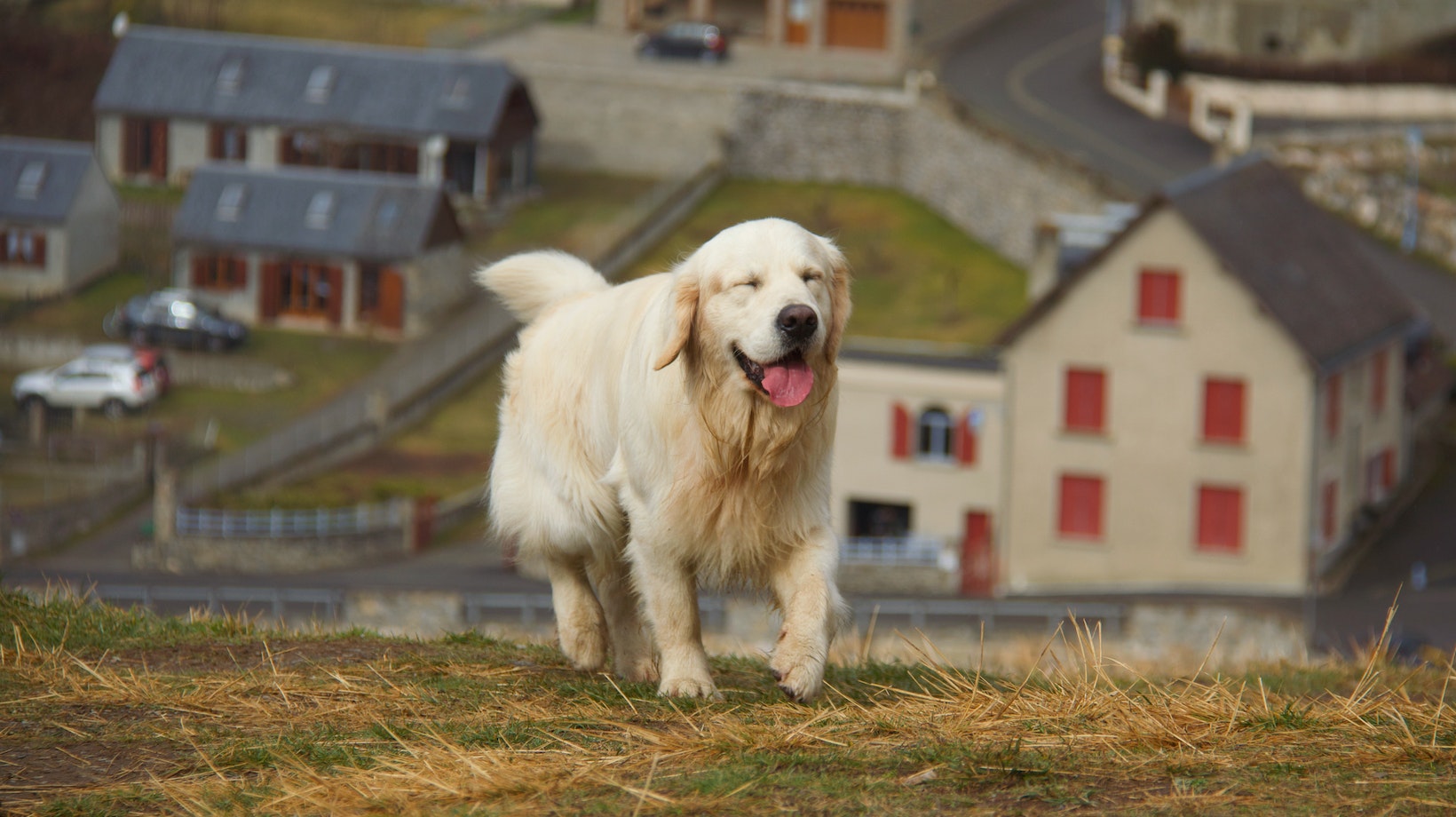How To Become A Certified Dog Groomer
First and foremost, it’s essential to acquire the knowledge and skills required for professional dog grooming. You can start by enrolling in a reputable grooming school or program that offers comprehensive training on various breeds, including Labradors. These programs typically cover topics such as breed-specific cuts, bathing techniques, nail trimming, ear cleaning, and handling different temperaments.
Once you’ve completed your training, it’s crucial to gain hands-on experience in dog grooming. Consider seeking an apprenticeship or working at a grooming salon under the guidance of experienced professionals. This practical experience will allow you to refine your skills while familiarizing yourself with different equipment and grooming styles specific to Labradors.
To establish credibility in the industry and enhance your job prospects, obtaining certification is highly recommended. There are several organizations that offer certifications for dog groomers, such as the National Dog Groomers Association of America (NDGAA) or International Professional Groomers (IPG).
Gaining Practical Experience Through Apprenticeships
- Hands-on Learning: Apprenticeships provide you with real-world experience that goes beyond what you can learn in a classroom setting. You’ll have the opportunity to apply your knowledge and techniques on actual dogs under the guidance of seasoned groomers. Whether it’s giving a Labrador a thorough bath or perfecting their coat trimming skills, apprenticeships allow you to practice and refine your grooming abilities.
- Mentorship: One of the biggest advantages of apprenticeships is having access to mentors who can guide you throughout your learning journey. These experienced professionals can share their wealth of knowledge, offer valuable tips and tricks, and provide personalized feedback on your techniques. Having someone there to answer questions, offer support, and help troubleshoot any challenges that arise is incredibly beneficial as you strive to become a skilled dog groomer.
- Building Confidence: As an apprentice, each successful grooming session helps build your confidence in handling different breeds and addressing specific grooming needs. With every task completed under the watchful eye of your mentor, you’ll gain more confidence in your abilities as a dog groomer. This newfound self-assurance will not only benefit you during the apprenticeship but also when you start working independently in the future.
- Networking Opportunities: During an apprenticeship, you’ll have the chance to meet other professionals in the industry, such as veterinarians or fellow groomers who visit the salon where you’re apprenticing. Networking with these individuals can open doors for future job opportunities or collaborations within the pet care community.
- Industry Insights: Through hands-on experience gained during apprenticeships, you’ll develop a deeper understanding of the dog grooming industry. You’ll learn about the latest trends, techniques, and tools used in the field. This knowledge will keep you up-to-date with industry standards and ensure that you’re equipped with the necessary skills to excel as a certified dog groomer.

Learning About Different Dog Breeds And Coat Types
- Researching Dog Breeds: To become a knowledgeable groomer, it’s crucial to invest time in researching various dog breeds. Understanding their temperament, behavior, and specific grooming needs will help you provide the best care for each furry client that comes your way. Let’s take the ever-popular Labrador Retriever as an example.
- The Versatile Labrador Breed: Labradors are known for their friendly nature, intelligence, and versatility in various roles such as service dogs or family pets. They come in three main coat types: short-haired (smooth), medium-length (wavy), and long-haired (feathered). Knowing which type your canine customer has will guide your grooming approach.
- Grooming Tips for Labradors:
- Short-Haired Labradors: These pups have a smooth coat that requires regular brushing to remove loose hair and keep it shiny. Using a slicker brush or rubber curry comb will be effective in maintaining their sleek appearance.
- Medium-Length Labradors: For wavy-coated Labradors, you’ll need to focus on preventing matting by using a combination of slicker brushes, undercoat rakes, and stainless steel combs. Regular bathing will also help maintain cleanliness.
- Long-Haired Labradors: Feathered-coated Labradors require more intensive grooming efforts due to their long fur prone to tangling and matting. Daily brushing with de-matting tools like slicker brushes or wide-toothed combs will be essential to keep their coat healthy and tangle-free.
- Seeking Breed-Specific Knowledge: While Labradors serve as an example here, it’s important to expand your knowledge beyond this breed. Familiarize yourself with various dog breeds, their coat types, grooming needs, and any specific considerations for each breed. This way, you’ll be well-prepared to handle a wide range of furry clients confidently.
By understanding the diverse world of dog breeds and their coat types, you’ll be equipped with the knowledge necessary to provide excellent grooming services for any four-legged friend that walks through your salon doors or into your mobile grooming van. So dive deep into the realm of dogs and enhance your expertise as a certified dog groomer!